In Bangladesh, it is possible to see how development cooperation and flood control can be perfectly combined. KfW financed the construction of protective structures along the coast and a bridge, amongst other things.
Waterworld
Photographer Jashim Salam speaks about his documentation (KfW Group/bp Content).
Life in Bangladesh is shaped by water. Crossed by many rivers and just a few metres above sea level, the Southeast Asian region is almost completely defenceless in the face of natural disasters. The country is also one of the most densely populated countries on earth.
More than 160 million people live here in an area that is not even half the size of Germany. The primary aim of development cooperation under these conditions is to protect human life.
In the southwest of Bangladesh not far from the Indian border, the Chitra River cuts through the tropical forest. 150,000 people live on its banks, including many children who have to cross the river every day to get to school.
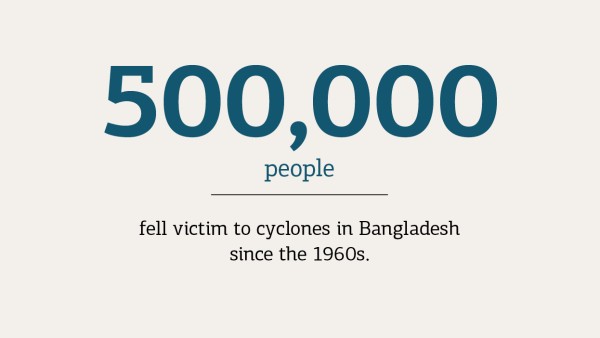
Unstable bridges, muddy paths and dilapidated boats are dangerous ways to travel, particularly in the rainy season. This is why KfW is working with the Asian Development Bank to finance the construction of a 90-metre long bridge.
Just like new roads, drainage canals and embankment reinforcements, bridges also contribute to the development of the country in different ways. In the city of Khulna, with a population of over a million, for example, the new River Front Road – also financed by KfW – protects the southern part of the city with its 200,000 inhabitants against floods, connects poor districts on the outskirts of the city centre and at the same time, protects a market situated right behind the embankment.
Read more below the image gallery.
Eager to learn
New schools for better education in Bangladesh, a country with particularly high birth rates.
Investments in infrastructure are important to prevent poorer families in particular from losing all of their possessions to floods during the rainy season. However, unpredictable natural disasters strike Bangladesh over and over again.
Since the 60's, cyclones have killed around half a million people and completely destroyed many villages. The last severe cyclone struck the south coast in 2007 at 215 kilometres per hour. And according to experts, the frequency and intensity of natural disasters will continue to increase.
Since 1991 efforts to protect against cyclones have intensified. Since then, the German Federal Government has provided the government of Bangladesh with EUR 52 million through KfW Development Bank for around 450 protective structures along the coast. 800 to 1,000 people find refuge in these buildings in the event of danger.
A special benefit of the new cyclone buildings: in "normal times" they are used as primary schools. This made it possible to replace dilapidated school buildings and furnish them with new furniture. They therefore not only offer protection against floods, they also make an important contribution to improving educational opportunities in Bangladesh.
"The protective structures provide existential security for the people in two ways: they guarantee survival during catastrophes and are an investment in education and the future of the children," said Johannes Scholl, Senior Project Manager at KfW. For some time, however, KfW has also financed cyclone buildings that serve not as schools but as indoor markets. This can provide strong impetus for the local economy. Goods can be more easily delivered and transported due to the renewed infrastructure. Furthermore, the merchants and market visitors are safer if there is a flood.
Source
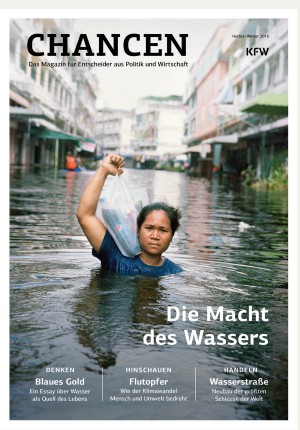
This article was published in CHANCEN, autumn/winter 2016, "The power of water".
To German editionThe bridge over the Chitra River is also an investment in the future. It elevates the coastal road so that transport routes can withstand floods and storms. Thanks to the new infrastructure, residents can get to work faster and reach the hospital more easily. Furthermore, the bridge makes it possible for children to arrive at school dry – without wet books and muddy clothing. A few metres of concrete represent great progress here.
Published on KfW Stories: Wednesday, 22 March 2017
The described project contributes to the following United Nationsʼ Sustainable Development Goals
Goal 4: Quality education
Refusing people access to education means depriving them of a basic human right – and of important development prospects for individuals and society. Education enables people to improve their political, social, cultural, and economic situations. Worldwide, 58 million children and 63 million young people still do not have access to primary and secondary schools. 90 per cent of all children with a disability never go to school. 781 million people are illiterate. 7.5 million people with functional illiteracy live in Germany alone.

All United Nations member states adopted the 2030 Agenda in 2015. At its heart is a list of 17 goals for sustainable development, known as the Sustainable Development Goals (SDGs). Our world should become a place where people are able to live in peace with each other in ways that are ecologically compatible, socially just, and economically effective.

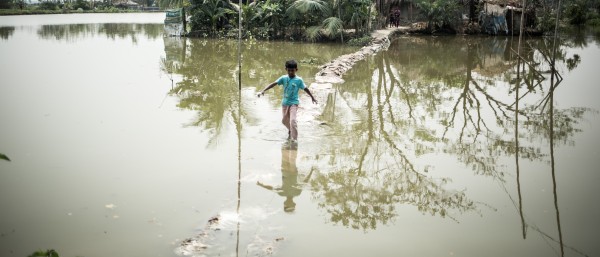
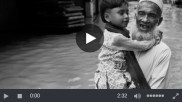
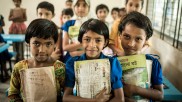
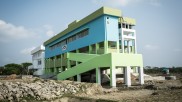
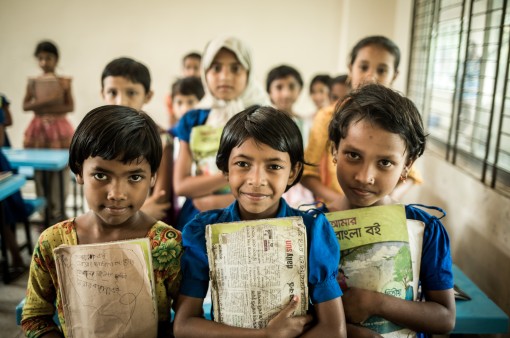
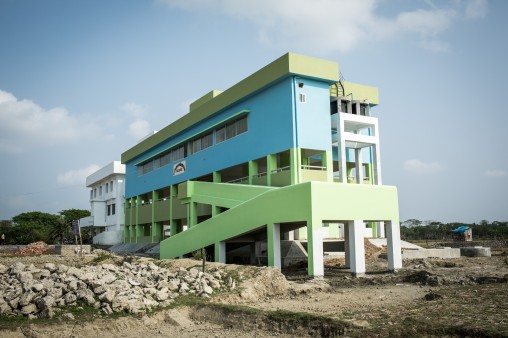
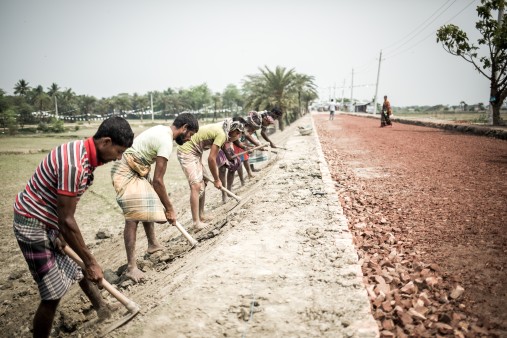



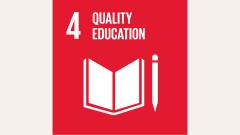
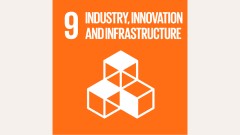

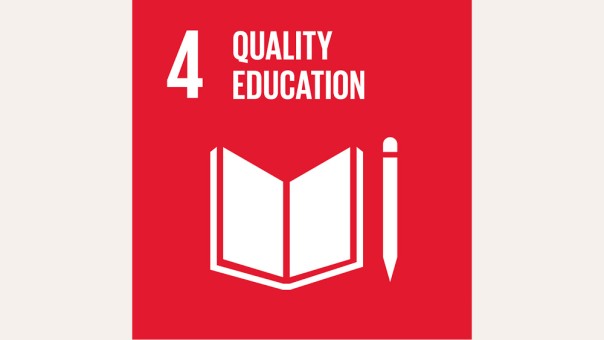
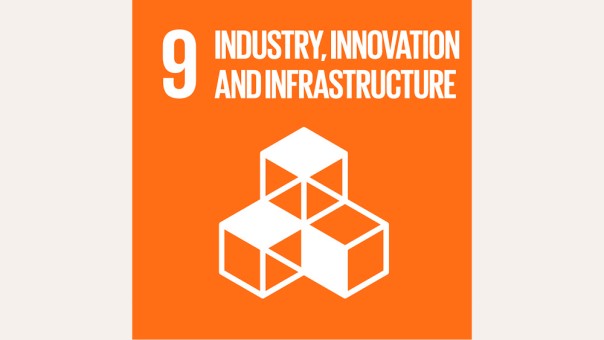

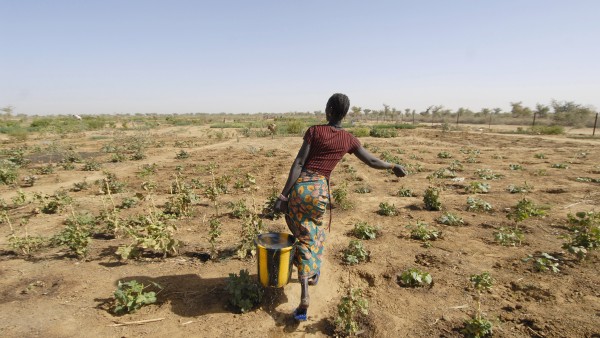
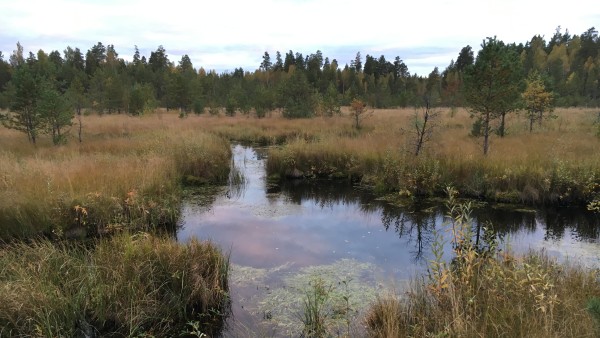
Data protection principles
If you click on one of the following icons, your data will be sent to the corresponding social network.
Privacy information